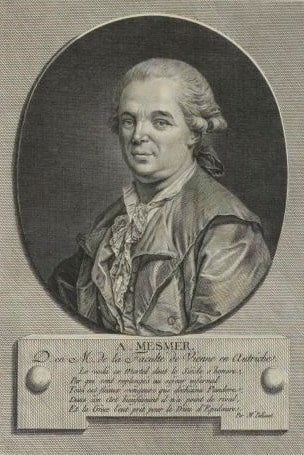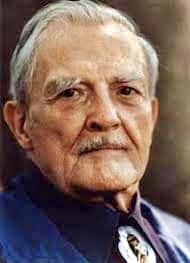您的购物车目前是空的!
The History Of Hypnosis
From Mysterious Magic Power to Everyday Trance
The history of hypnotism is filled with contradictions. On the one hand, a story of hypnotism it’s a bit like a story of breathing. Like breathing, hypnotism is an intrinsic and universal attribute shared and experienced by all human beings since the dawn of time. And on the other hand, it is only in the last couple of decades that we have come to realize that. Hypnosis itself has not changed for millennia, but our understanding of our capability to control it’s changed quite profoundly. The history of hypnotism, then, is the story of the change in perception.
In the twenty-first Century, you may still find people who see mediation as a form of occult power. People who believe that hypnotism may be utilized to perform miracles or control minds clearly share the consensus opinion that prevailed for centuries. Recorded history is filled with tantalizing glimpses of practices and rituals that look very similar to hypnotism from a contemporary perspective, from the healing passes of the Hindu Vedas to magic texts from ancient Egypt. These clinics tend to be for magic or religious purposes, like divination or communicating with gods and spirits. However, it is critical to remember that what we see as occultism was the scientific institution of its day, with the same goal as modern science – curing human ills and increasing knowledge.
Franz Mesmer

From a Western perspective, the decisive moment in the history of hypnosis happened in the 18th Century. The work of Franz Mesmer, among others, could be seen as both the last flourish of occult hypnosis and the initial flourish of the scientific perspective. Mesmer was the first to suggest a rational basis for the effects of hypnosis. Although we now know that his notion of animal magnetism, transferred from healer to patient via a mysterious etheric liquid, is wrong, it was firmly based on scientific ideas present at that time, particularly Isaac Newton’s theories of gravitation. Mesmer was also the first to develop a consistent way of hypnotism, which was passed on to developed by his followers.
It had been still a very ritualistic practice. Mesmer himself, for example, liked to do mass inductions with his patients linked together by a rope, along which his animal magnetism may pass. He was fond of dressing up in a cloak and playing ethereal music on the glass harmonica while this was happening. The popular image of the hypnotist as a mystic figure could be firmly dated at this time.
Inevitably, these magical trappings led to Mesmer’s downfall, and for quite a long time, hypnotism was a harmful interest to get for anyone searching for a mainstream career. Nonetheless, the stubborn fact remained that hypnotism worked, along with the 19th Century is, characterized by people seeking to comprehend and apply its effects. Surgeons and doctors enjoy John Elliotson, and James Esdaille pioneered its use in the health care field, risking their reputation to do so. At the same time, researchers such as James Braid started to peel off the obscuring layers of mesmerism, showing the biological and physical truths at the heart of the phenomenon.
Thanks to their persistence and efforts, hypnotism was accepted as a valid clinical treatment by the end of the Century and studied and applied in great universities and hospitals throughout the day. This trend continued into the 20th Century, although in some ways, hypnosis became imprisoned by its respectability, as it became mired in endless academic debate about the state or non-state. This conundrum – does hypnotism have a real, physical basis, or even? – finally proved to be quite sterile. Important shifts were occurring elsewhere, nevertheless. Firstly, the middle of hypnotic gravitation moved from Europe to America, where most of the most significant breakthroughs of the twentieth Century took place.
Milton H. Erickson

Second, hypnotism became a popular phenomenon, which was increasingly available to laymen outside the laboratory or clinic. At the same time, the fashion of hypnosis altered, from a direct instruction issued by an authoritarian figure to some more indirect and permissive type of trance induction, based on subtly persuasive speech patterns. This was mostly because of the work of therapists like Milton H. Erickson. Even more importantly, maybe, hypnotism became increasingly sensible and regarded as a useful tool for easing psychological distress and bringing about significant change in a wide range of situations. This theme has continued up to the present moment.
Advances in neurological science and brain imaging, along with the work of British psychologists Joe Griffin and Ivan Tyrrell who linked hypnotism to the Rapid Eye Movement, have also helped to solve the state/non-condition, disagreement, bring hypnotism and hypnotic trance firmly into the realm of everyday experience. At the same time, the nature of ordinary consciousness is best understood as a series of trance states we go in and out of all of the time. The history of hypnotism, then, resembles the search for something which was in plain view all along, and we may now see it for what it’s – a universal phenomenon that is an inextricable part of being human. The future of hypnosis is going to be to fully realize the unbelievable potential of their natural hypnotic abilities.
发表回复
要发表评论,您必须先登录。